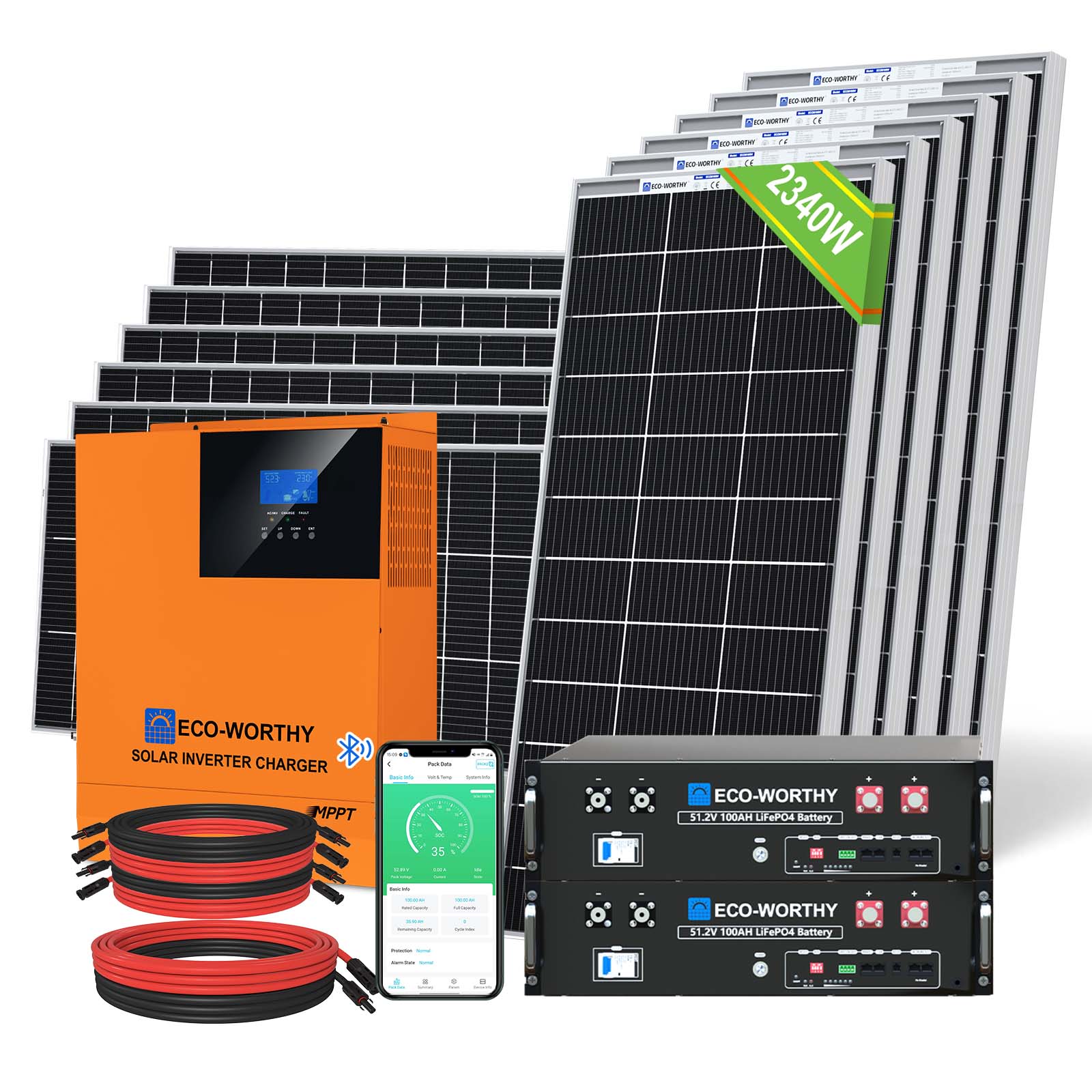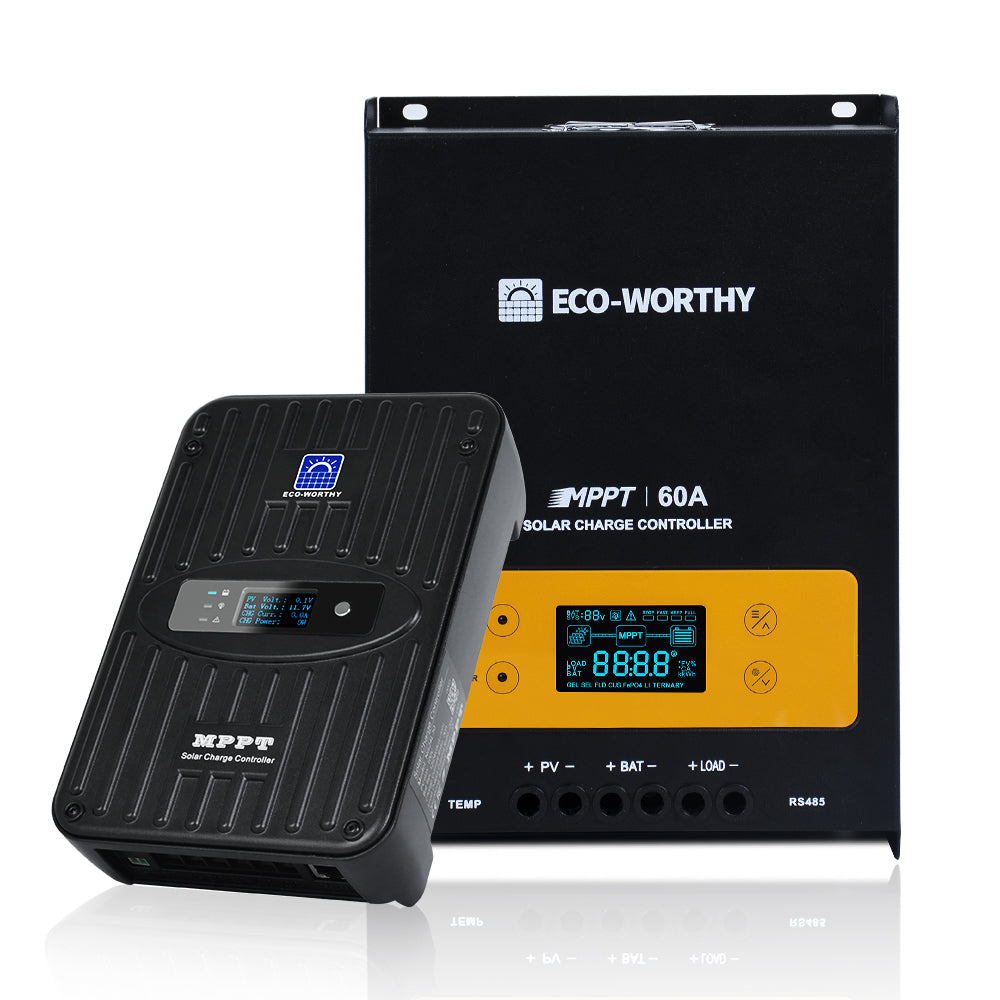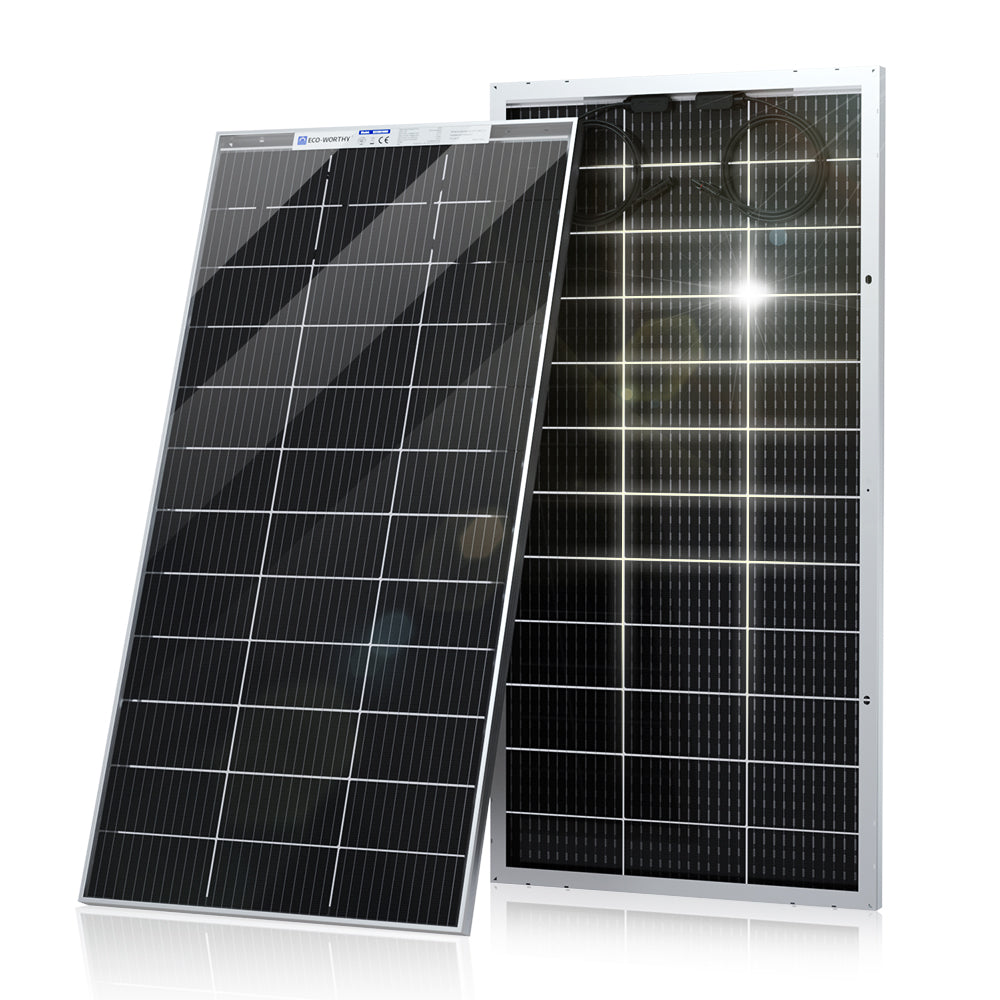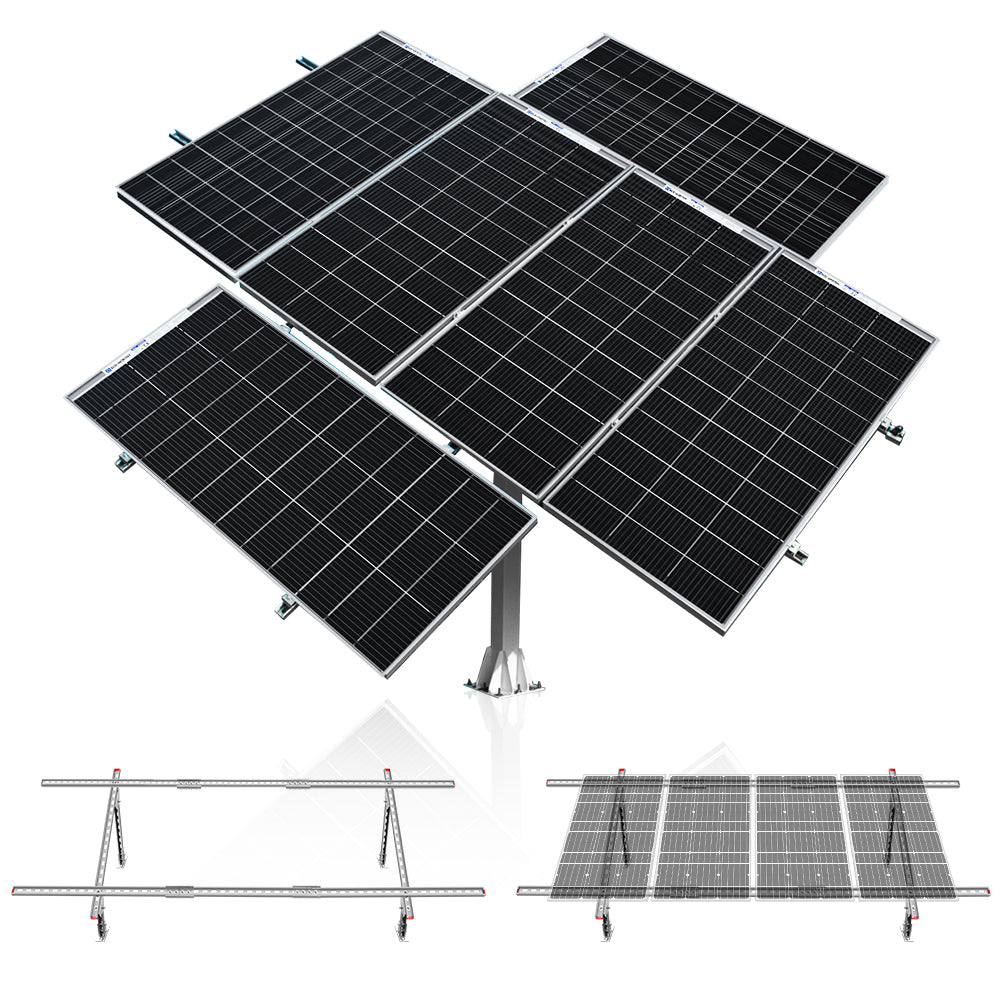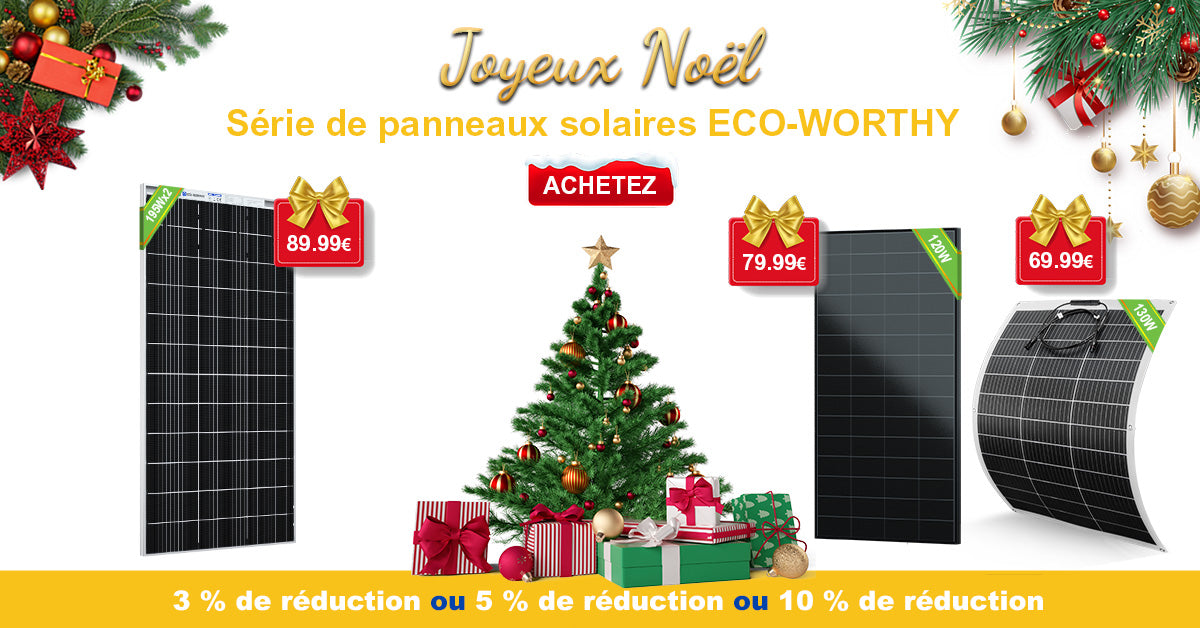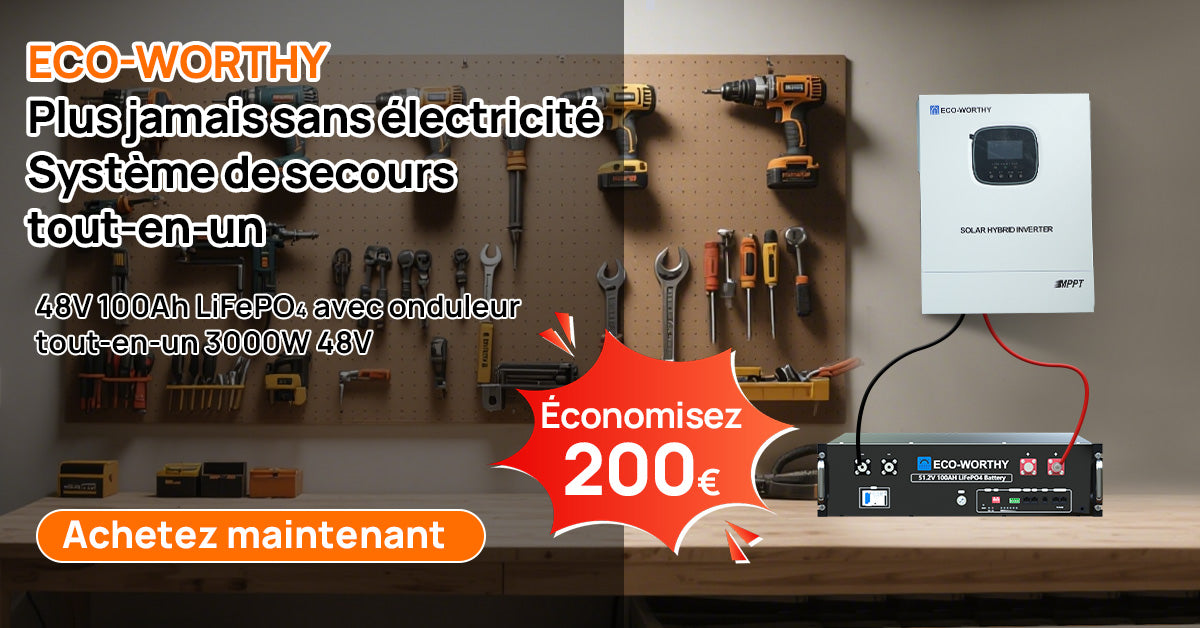
Nous proposons des types d'onduleurs en réseau et hors réseau, en fonction de la tension du parc de batteries et du système solaire que vous souhaitez construire.
Ici, nous vous aidons à comprendre le but des différents onduleurs et comment sélectionner un onduleur compatible pour votre système solaire.
BUT DE L'ONDULEUR
L’objectif principal des onduleurs hors réseau et sur réseau est de convertir le courant continu en courant alternatif. Étant donné que l'alimentation de la batterie est en courant continu, placez l'onduleur entre le groupe de batteries et les charges pour vous permettre de faire fonctionner vos appareils à courant alternatif. Ils seront livrés avec une prise secteur pour brancher des objets tels que votre ordinateur, votre réfrigérateur, votre cafetière, etc.
La puissance et la tension sont différentes selon les onduleurs, et ils peuvent convertir 12 V/24 V/48 V DC en 100-120 V, 200-240 V AC, etc. Il est crucial de vous assurer que la tension de votre onduleur correspond à la tension de votre batterie. la puissance en watts également.
TYPES D'ONDULEUR
Généralement, nous distinguons ces onduleurs par mécanisme de réseau.
Onduleur réseau conçu pour convertir le courant alternatif pour le réseau local et votre maison. L'onduleur hors réseau ne se connectera pas au réseau mais uniquement à vos appareils privés.
Il existe une différence entre les onduleurs, elle concerne le type de leurs ondes.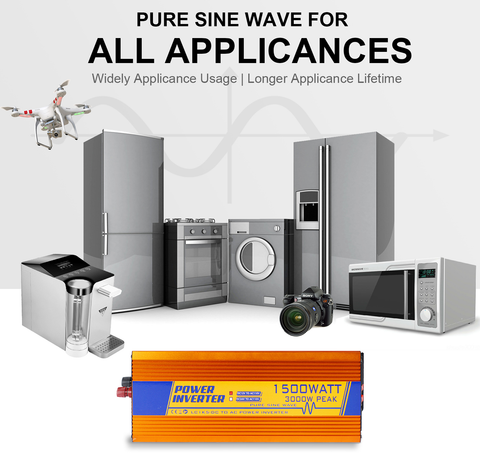
Les onduleurs sont disponibles en types d'onde sinusoïdale modifiée et pure. Les onduleurs à onde sinusoïdale modifiée sont généralement beaucoup moins chers, mais vous êtes très limité quant au nombre d'appareils que vous pouvez utiliser. Les onduleurs à onde sinusoïdale pure sont compatibles avec la plupart des appareils, nous vous recommandons donc d'opter pour les onduleurs à onde sinusoïdale pure.
DIMENSIONNEMENT DE L'ONDULEUR
Lorsque vous sélectionnez un onduleur, vous devez prendre en compte 3 facteurs : la puissance, la tension continue et la tension alternative.
Puissance :
Les onduleurs seront évalués en fonction d'une valeur en watts, vous indiquant la quantité totale de watts qu'ils peuvent fonctionner à ce moment-là. Par exemple, vous utilisez le kit solaire pour produire de l'énergie pour votre réfrigérateur et la télévision de votre caravane, le réfrigérateur nécessite généralement environ 120 à 200 W d'énergie pour continuer à fonctionner, et la télévision coûte environ 200 à 300 W d'énergie pour fonctionner, donc la puissance totale dont vous avez besoin de l'onduleur devrait être d'au moins 500 W. Nous recommandons un onduleur de 600 W pour cette utilisation, car un réfrigérateur de 200 W a besoin d'une puissance de 2 à 3 fois pour démarrer lorsqu'il est allumé.
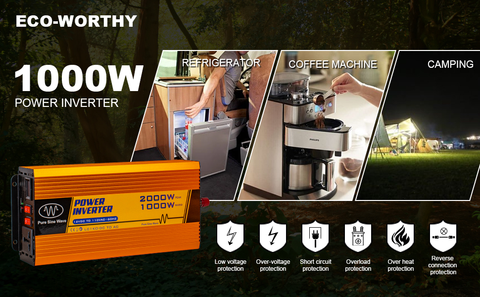
Si vous souhaitez utiliser un micro-ondes ou une bouilloire dans votre maison avec l'énergie solaire, un onduleur de 1 000 W ou 1 500 W sera un choix approprié.
Pour faire fonctionner une climatisation de 1 500 W, vous aurez besoin d’au moins un onduleur de 3 000 W, car il s’agit d’une charge inductive avec une demande de courant de démarrage élevée.
Tension continue:
La tension du groupe de batteries détermine les valeurs de tension CC de l'onduleur lorsque vous construisez un système solaire. Par exemple, si vous envisagez de configurer un système 24 V avec un parc de batteries 24 V, il faudra un onduleur compatible avec le 24 V.
Tension CA :
La tension nominale CA de l'onduleur vous indiquera le type d'appareils CA qu'il fera fonctionner. La plupart du temps, un onduleur 100-120VAC (Volts AC) conviendra car la plupart des articles ménagers sont disponibles dans cette tension (US, CA, JP). Parfois, de très grosses charges fonctionneront sur 200-240VAC (UE, AU). Il est donc important de le savoir pour les éléments spéciaux que vous souhaitez exécuter.
note de bas de page
L'efficacité réelle de l'onduleur hors réseau est influencée par le courant provenant du groupe de batteries, ce qui signifie qu'il peut y avoir une limite en raison de la puissance de décharge maximale du groupe de batteries.
Par exemple. Si vous conservez une banque de batteries 12 V 150 Ah, qui pourrait fournir une puissance de 12 V * 150 A = 1 800 W. Ainsi, cette puissance définira combien vous pouvez obtenir de l'onduleur après avoir branché le système, la plus grande puissance provenant d'un onduleur de 2 000 W ou 3 000 W ne dépassera pas 1 800 W.
Le fait est que la puissance réelle de l'onduleur a une limite en raison de la puissance de la batterie, même si vous choisissez un onduleur de 3 000 W pour vos gros appareils électroménagers, vous n'obtiendrez finalement pas plus de 1 800 W de puissance, car votre batterie 12 V 150 Ah ne pourrait pas produire plus de puissance que 1800w.
Donc, si vous souhaitez obtenir plus de puissance de l’onduleur, le problème dont vous devez vous préoccuper concerne la mise à niveau de votre parc de batteries.

